Should advanced autonomous driving systems be charged?
![]() 10/29 2024
10/29 2024
![]() 636
636
Introduction
Introduction
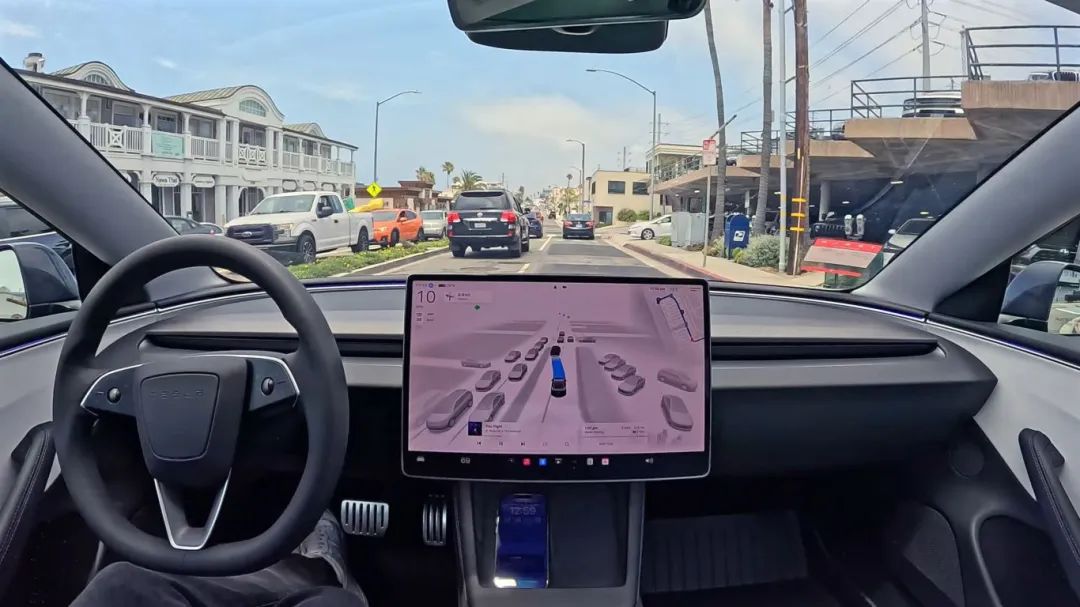
Automakers are struggling, but consumers are hesitant to pay.
At this moment, if one were to choose the most anticipated event in the autonomous driving industry, most readers would likely vote for Tesla's official entry of FSD (Full Self-Driving) into China.
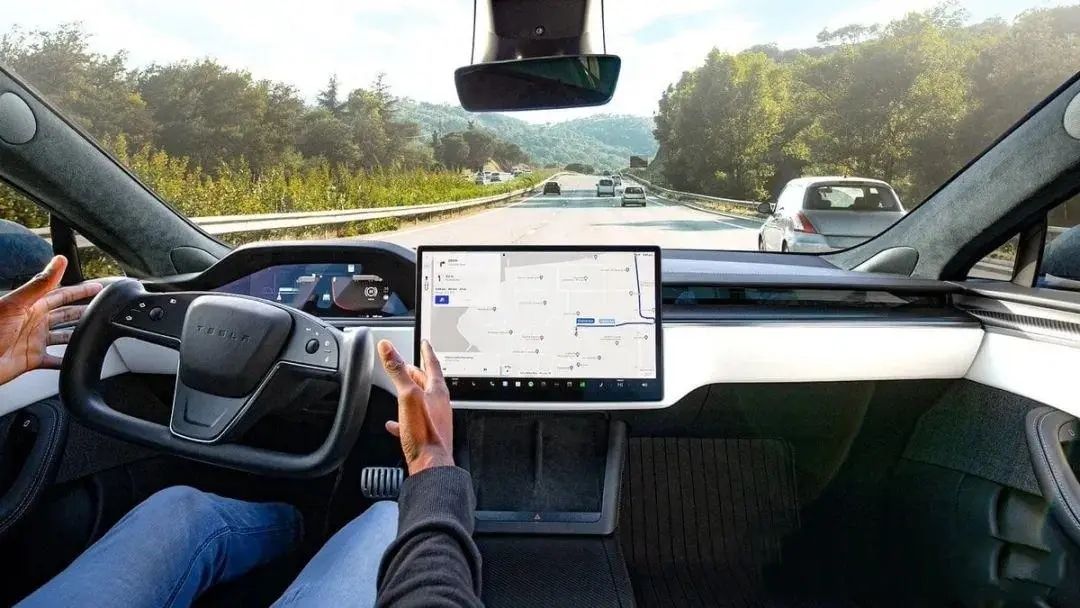
After all, Tesla's advanced autonomous driving system has gained immense popularity in the US market, fueled by countless user-generated videos and Elon Musk's enthusiastic promotion. With such a strong foundation, its entry into the Chinese market is bound to create a buzz among enthusiasts.
Tesla's FSD is poised to revolutionize the industry, much like how the localization of Model 3 and Model Y previously reshaped consumer perceptions.
This prediction is not mere speculation but rather a genuine sentiment shared by many acquaintances. The anticipation is palpable in every word.
However, I had to burst their bubble with a dose of reality.
"Buddy, do you know when Tesla's FSD will officially enter China? Even if it does, given the complexities of Chinese roads compared to the US, can you guarantee a seamless user experience? Moreover, and perhaps most importantly, have you considered that Tesla's FSD option currently costs around 64,000 RMB? How many customers who are already shelling out over 200,000 RMB for a Model 3 or Model Y would be willing to spend an additional quarter of their car's price on an advanced autonomous driving system?"
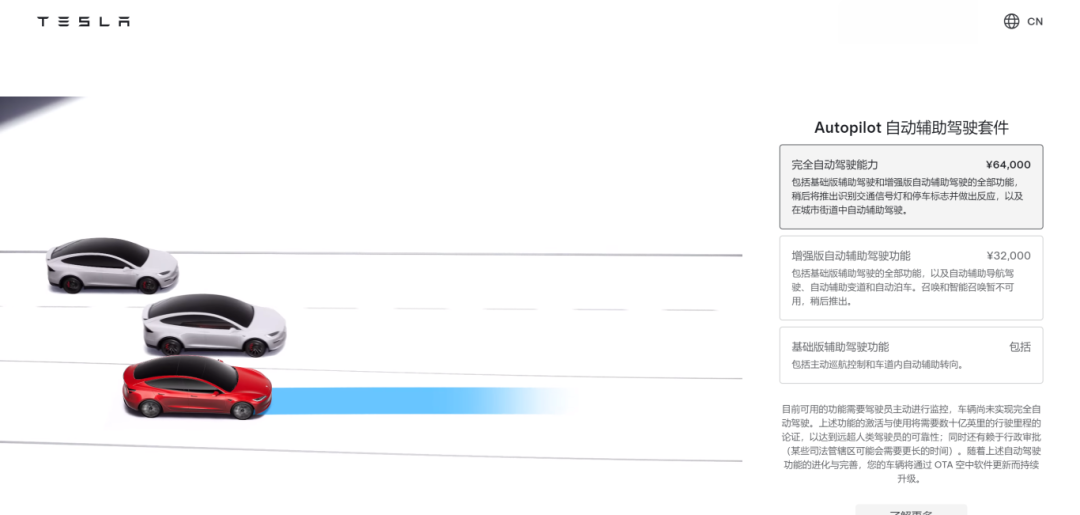
These practical questions left my friend speechless.
Now, it's not that I have any grudge against Tesla or its FSD. I simply don't want to overhype it. Whether FSD can truly disrupt the industry remains to be seen. Time will tell.
Moving on, I'd like to delve into a long-standing dilemma: "Should advanced autonomous driving systems be charged?"
Oh, and to clarify, by 'advanced autonomous driving systems,' I refer to 'full-range navigation assistance,' capable of navigating both highways and urban roads.
Regarding the answer, let's approach it from two angles.
Firstly, automakers have invested heavily in human resources, materials, and finances to integrate advanced autonomous driving systems into their vehicles. Hardware, software, R&D, testing, and iteration costs are all significant.
Charging customers for these systems, therefore, seems justified to sustain the development and improvement process.
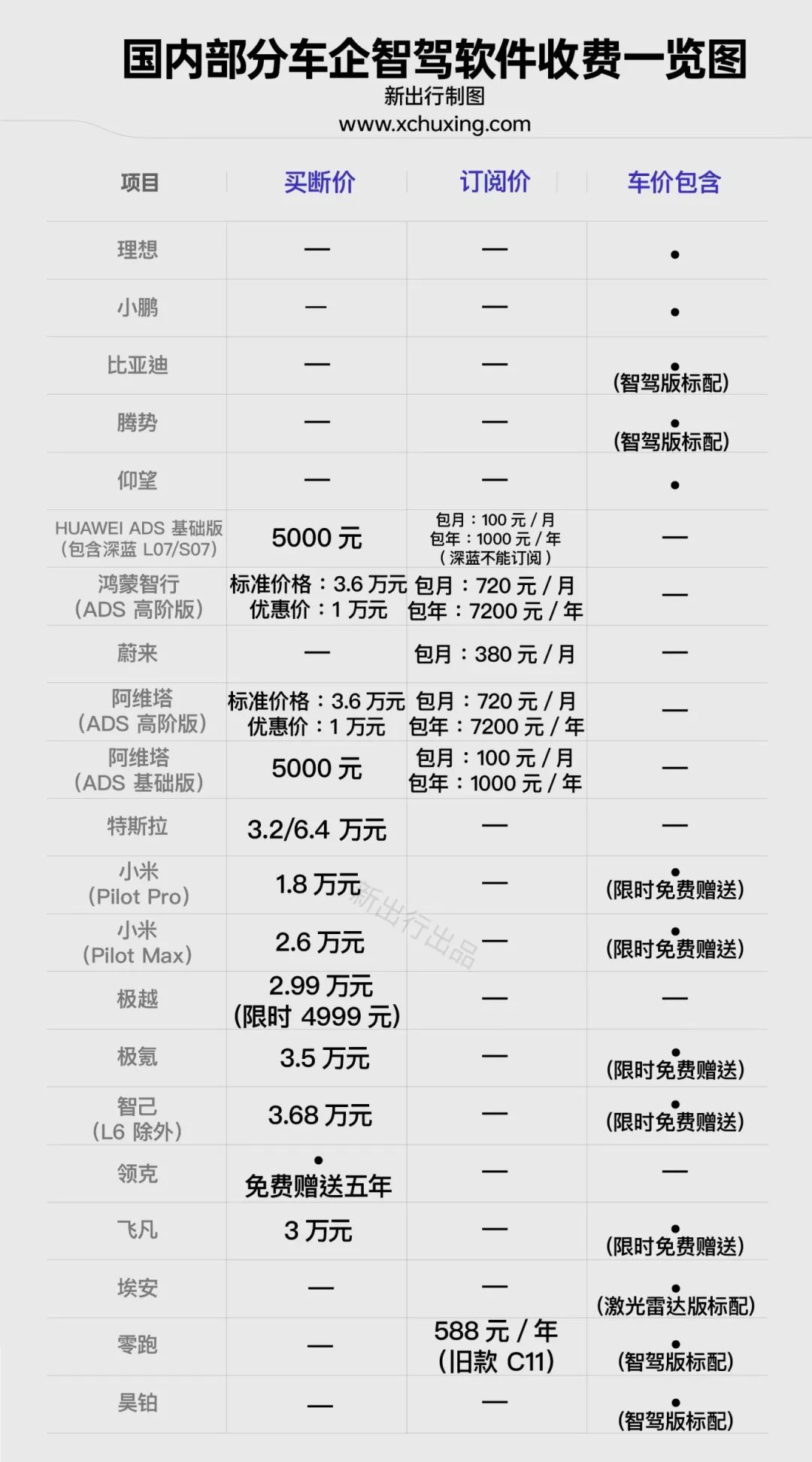
According to a previous survey by the new energy media outlet 'Xinxing,' several brands, including Tesla, NIO, Xiaomi, JYEV, ZEEKR, Feifan, IM Motors, and LYNK & CO, along with HarmonyOS-powered vehicles endorsed by Huawei (including AITO and ARCFOX HiPhi), currently charge for advanced autonomous driving systems. Huawei-backed vehicles also include AVATR and SL03, among others. These systems are typically offered either as a one-time purchase or through subscription models. Tesla, Xiaomi, JYEV, ZEEKR, Feifan, IM Motors, and LYNK & CO offer a one-time payment for lifetime access. HarmonyOS-powered vehicles and AVATR offer both options, while NIO only offers a subscription model. In contrast, brands like Lixiang, Xpeng, BYD, BYD Look up , Denza, Leapmotor, Aion, and Hyperion include the hardware costs of advanced autonomous driving systems in the vehicle price, often in higher-end trim levels. It's worth noting that many brands offer limited-time free trials to attract customers, hinting at a reluctance to charge upfront.
This leads us to the second angle: end-users' attitudes towards advanced autonomous driving systems. In a nutshell, they're willing to try it out for free but resist paying upfront.
The reality is straightforward yet harsh. Currently, in the Chinese automotive market, only a handful of advanced autonomous driving systems, like those from Huawei and Tesla, have gained some consumer acceptance. Most automakers are still in the initial stages of educating and introducing their systems to customers. Given the current economic climate, discerning consumers are more likely to pay for genuinely essential and useful features.
Unfortunately, many advanced autonomous driving systems, while impressive on paper, often fall short of expectations in daily use.
As a dedicated user and automotive journalist, I've had the opportunity to test the latest systems from various manufacturers.
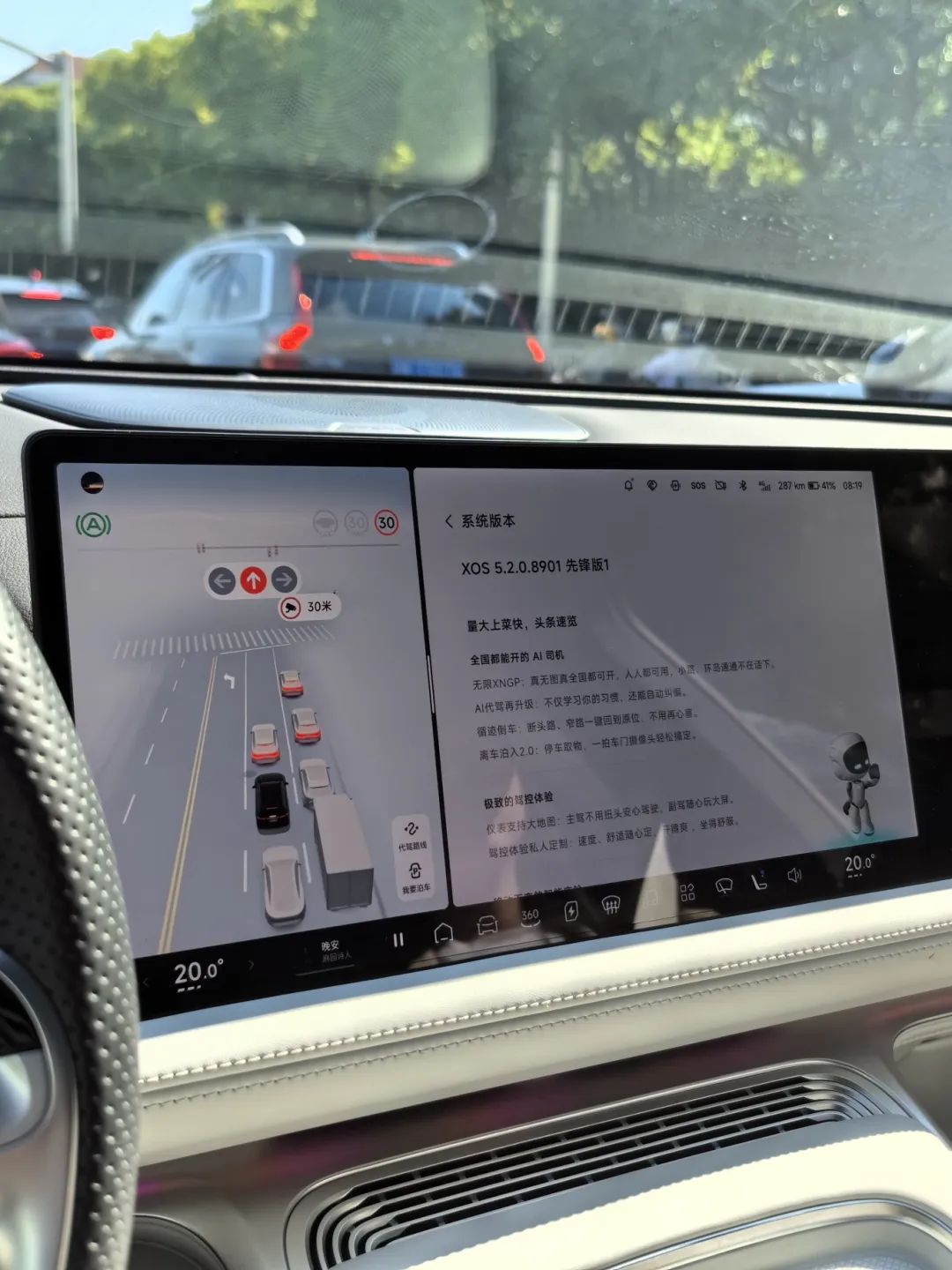 Yet, based on my experience, advanced autonomous driving systems still have a long way to go. While they can indeed alleviate driving stress on highways, their performance in urban areas leaves much to be desired.
In urban settings, with their complexity and unpredictability, even the best systems struggle to deliver a smooth and efficient driving experience. As a result, I often find myself more focused and attentive when using advanced autonomous driving systems in urban areas than when driving manually.
In conclusion, automakers have only addressed the basic functionality of advanced autonomous driving systems, falling short of delivering a truly seamless and enjoyable driving experience. Therefore, charging customers upfront for these systems, in their current state, seems ill-advised. Automakers should focus on refining their technology and delivering a polished product before considering monetization.
Yet, based on my experience, advanced autonomous driving systems still have a long way to go. While they can indeed alleviate driving stress on highways, their performance in urban areas leaves much to be desired.
In urban settings, with their complexity and unpredictability, even the best systems struggle to deliver a smooth and efficient driving experience. As a result, I often find myself more focused and attentive when using advanced autonomous driving systems in urban areas than when driving manually.
In conclusion, automakers have only addressed the basic functionality of advanced autonomous driving systems, falling short of delivering a truly seamless and enjoyable driving experience. Therefore, charging customers upfront for these systems, in their current state, seems ill-advised. Automakers should focus on refining their technology and delivering a polished product before considering monetization.
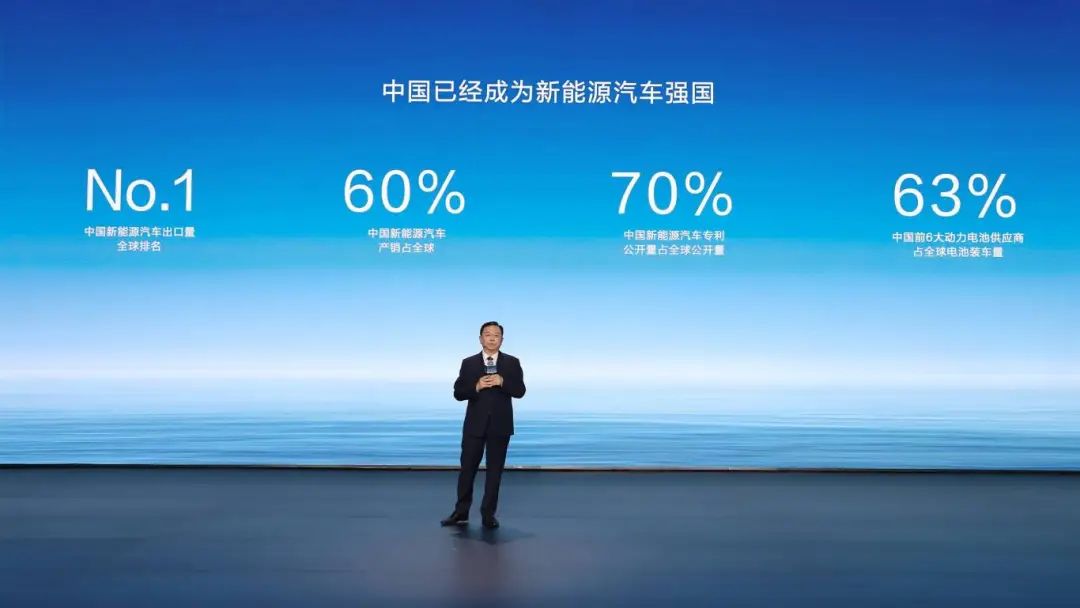
Furthermore, as BYD's Wang Chuanfu pointed out, 'The first half is about electrification, and the second half is about intelligence, which will determine who emerges victorious.' Advanced autonomous driving systems are crucial for automakers' future competitiveness, and many are investing heavily in in-house R&D to maintain control. This year, the industry buzzwords are 'end-to-end' and 'large models,' both of which rely heavily on data. Selling more vehicles equipped with advanced autonomous driving systems is the most effective way to gather this data. Therefore, in the current uncertain landscape, sacrificing short-term profits for long-term gains makes sense.
In summary, while charging for advanced autonomous driving systems based on demand is undoubtedly the right direction, practical constraints currently prevent its widespread implementation. Automakers are struggling, and consumers are hesitant to pay – a reality that both parties must grapple with.





